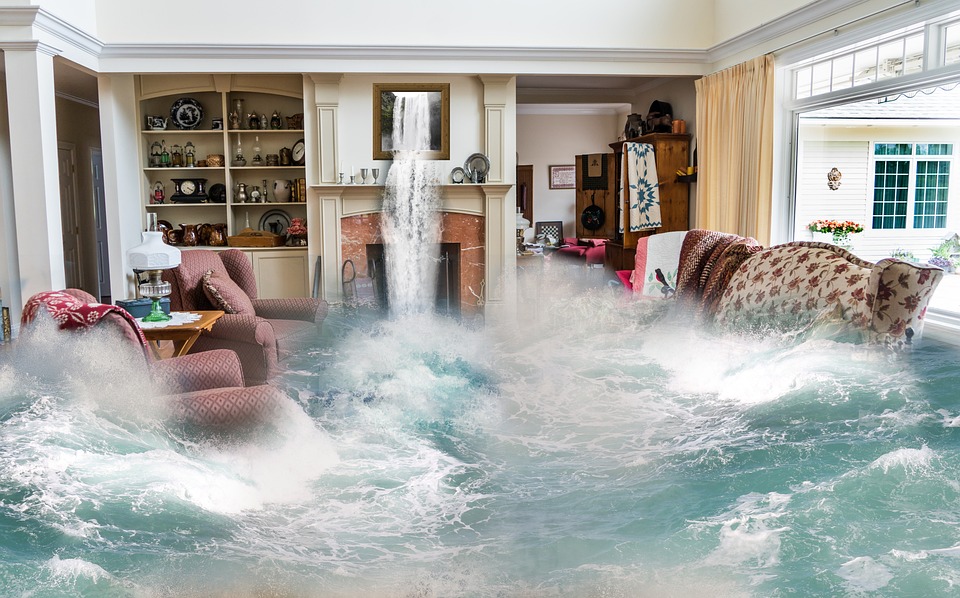Floods can compromise your property’s foundation, which may cause other issues, including the risk of your doors or windows breaking. They can destroy the drywall and result in mold forming on framing and walls. The flood water can also cause the framing to swell, requiring cleaning and drying after the waters recede.
Cleaning up after flooding helps prevent the mold your property is susceptible to after moisture exposure. However, you should ensure your home or office is safe before cleaning. This article gives you six tips for cleaning up after a flood.
The ground near your home may contain harmful chemicals that might rise with the water, posing health problems. Petroleum products, pesticides, asbestos, radon, creosote, and chromated copper arsenate are the common contaminants to look out for. Harmful chemical exposure may cause asthma, skin damage, and severe long-term lung damage or other organs. The impact can also be immediate, including stinging eyes or dizziness.
With the help of an Environmental Site Assessment, you can identify the harmful chemicals in your compound or home, how they can harm you, and prevent exposure. If the soil is contaminated, the testing professionals can help remove it, eliminating health risks.
Water damage may be more extensive than it seems, and you might need help to identify the precise extent of the damage. For instance, if the flood water damage causes mold growth, especially in hard-to-spot areas, finding it could be difficult, increasing the risk of leaving it to keep thriving. However, a water damage restoration company has experience handling floods, meaning they’ll inspect every nook and cranny of your property to identify the spots that need thorough cleanup.
Since flood water contains bacteria and other microorganisms that pose a significant health threat, hiring water damage restoration professionals can help prevent these risks. Water damage restoration experts have the necessary skills and equipment to effectively clean your space, including removing mold. They can also help fill your insurance claim and document your losses after the flood.
Flood water hazards are variable and may include household chemicals, sewage, and cleaning solutions, pesticides, flammable liquids, petroleum products, and dangerous industrial chemicals. You should be aware of physical hazard dangers from ground erosion, storm debris, drainage openings and depressions, and displaced water animals. Avoid direct skin contact with the water and leverage the right clothing and PPE.
You may need watertight, electrically insulated boots and cut-resistant, waterproof, heavy work gloves. Safety glasses with full face or side shields and a protective head cover are also required. You’ll also need comfortable, lightweight clothing and respiratory protection.
Documenting flood damages comes in handy when making claims on flood insurance. Knowing what is needed for your claim makes it easier to determine what to document. Once the flood waters subside and property access is restored, consider taking photos and videos of the property and finding apps that can add time and date stamps. Consider using rulers and tape measures to showcase the depth or height of damage.
You may also take pictures of open closets, drawers, and cabinets to show the contents. Ensure the serial numbers of primary appliances or equipment are captured in your photos and videos. Documenting your damages serves as proof of loss in your flood insurance claim, increasing the possibility of being fully compensated.
While you may want to start cleaning immediately, your safety should be a priority. Start by ensuring that the property is safe for access and shutting off the gas before entering the house and the power to prevent electrical shock. Wear rubber boots before entering the flooded area. Consider assessing the house’s structure to inspect the foundation for cracking, settling, or undermining.
Get an electrician to examine the electrical system and assess the floors, windows, and walls. Wear protective clothing when cleaning and ensure you have a first aid kit to handle minor injuries that may happen during cleaning. Wash your hands and face regularly with soap and clean water.
Based on how long the floodwater lasted in your house, you may salvage cabinetry, metal and wood furniture, and countertops with careful cleaning. If your wood furnishings aren’t overly warped, use products made of wood to restore them. You can disinfect and clean bathrooms, kitchen countertops, and other surfaces with sanitizing products or bleach wipes. Clean clothes immediately so you don’t lose them to difficult-to-remove mold stains. Consider discarding any items damaged beyond repair and others that can’t be restored by cleaning.
Endnote
Flood cleanups can be depressing and overwhelming. However, these tips can help you clean up after a flood.


